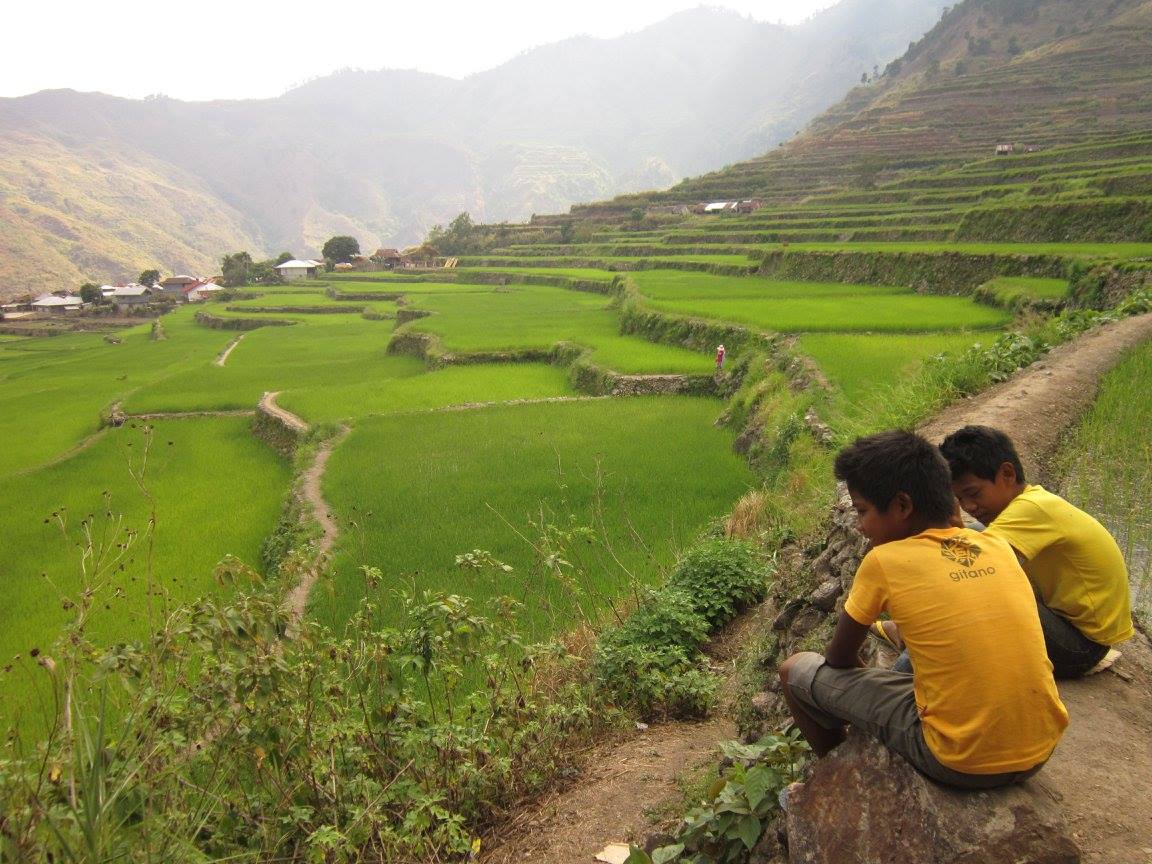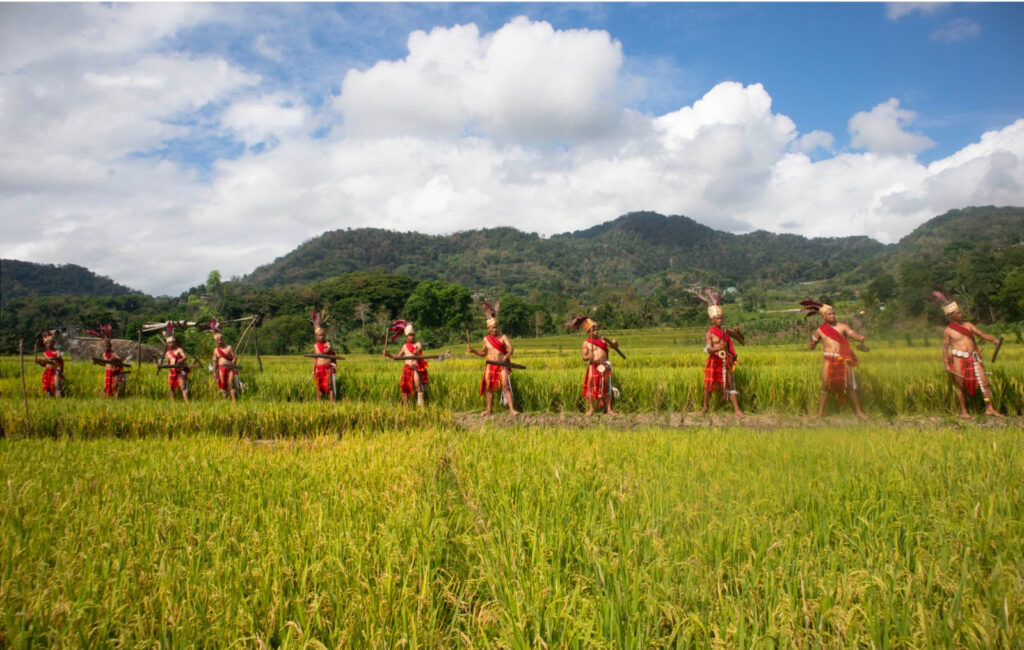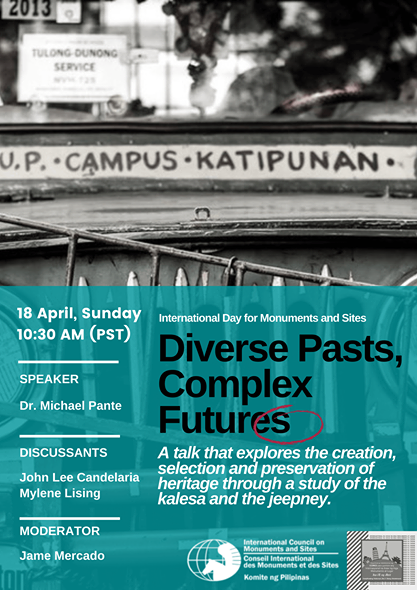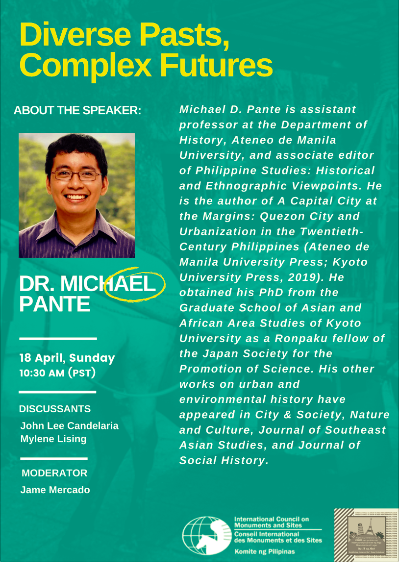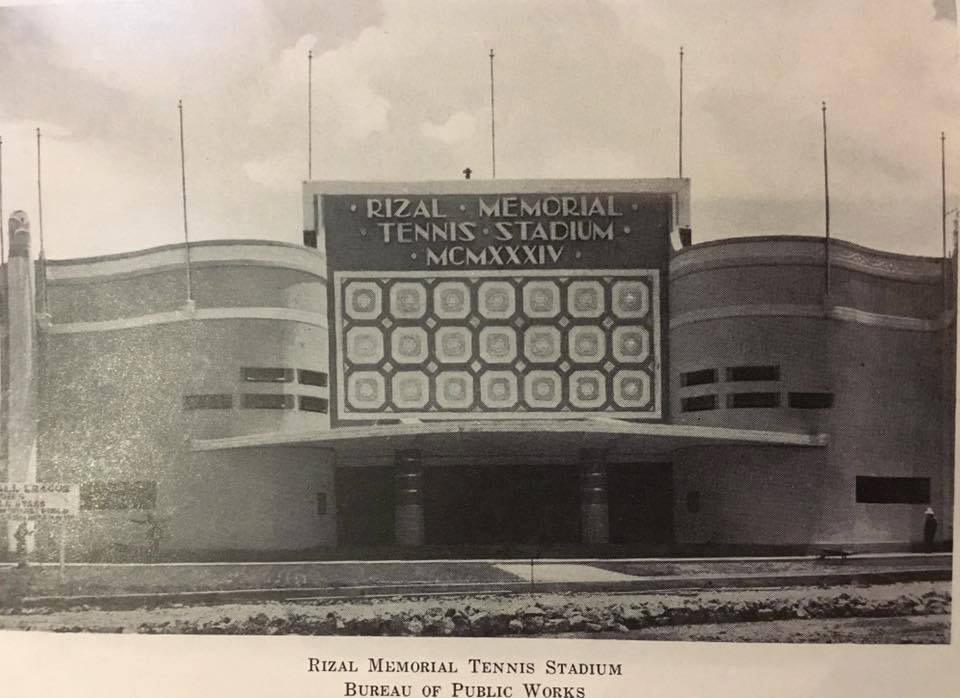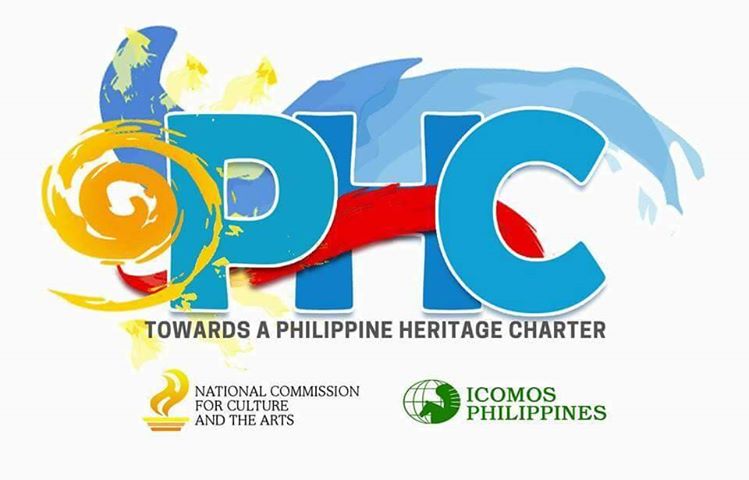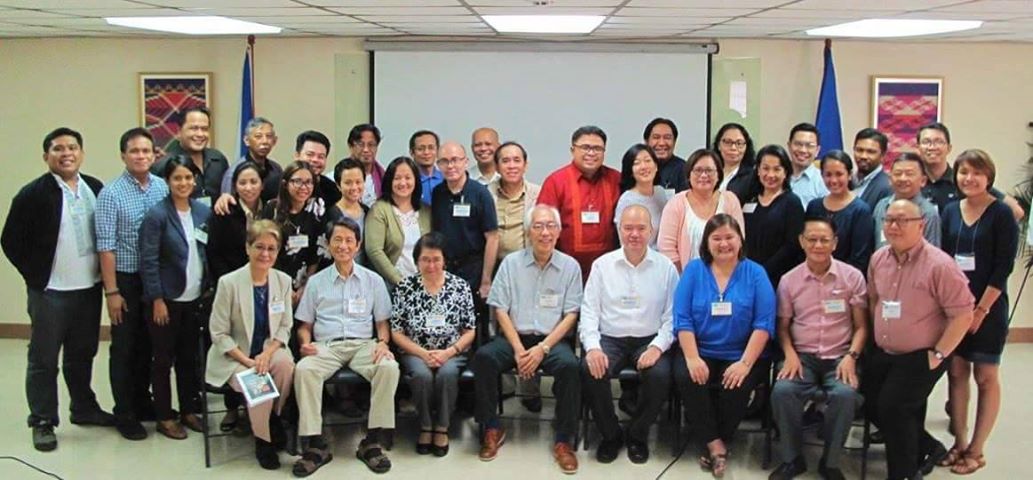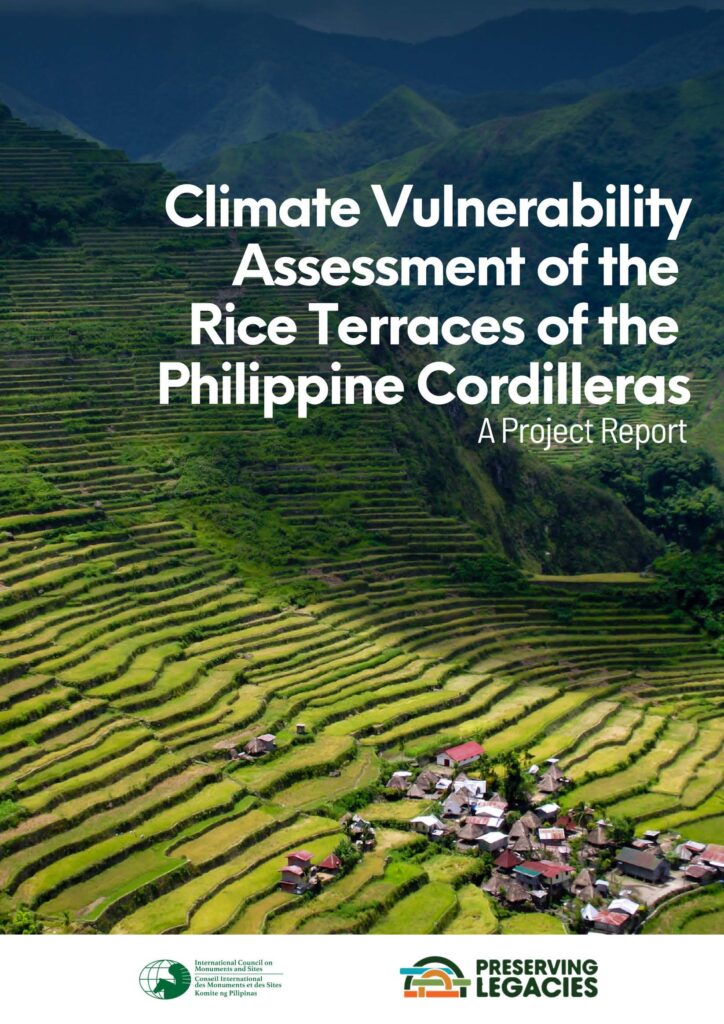
Click here to download the Report
This Ifugao-led study is a climate vulnerability assessment of the rice terraces of the Philippine Cordilleras, a UNESCO World Heritage site. The assessment establishes why local communities value the terraces, and how these values, deeply rooted in indigenous knowledge, are impacted by climate change. The end goal is for communities to strengthen resilience and adaptive capacity as they position to preserve and protect their cultural heritage.
Data was gathered by several focus group discussions among farmers in Nagacadan Hungduan, Mayoyao, Bangaan and Batad. This approach ensures the collection of critical data that truly reflects the lived experiences and needs of the indigenous Ifugao people. The assessment utilizes modern climate science and indigenous knowledge, as both realms of understanding are complementary and necessary to address the climate crisis more effectively.
The Ifugao Rice Terraces confront a web of climate challenges such as intensified typhoons, erratic precipitation patterns, prolonged droughts and increasing temperatures, which pose imminent risk of soil erosion, reduced crop yield or crop loss, landslides, and structural damage to the terraces. This threatens their ecological integrity, agricultural productivity, amplifies existing vulnerabilities, and can jeopardize the sustainability of this cultural landscape.
